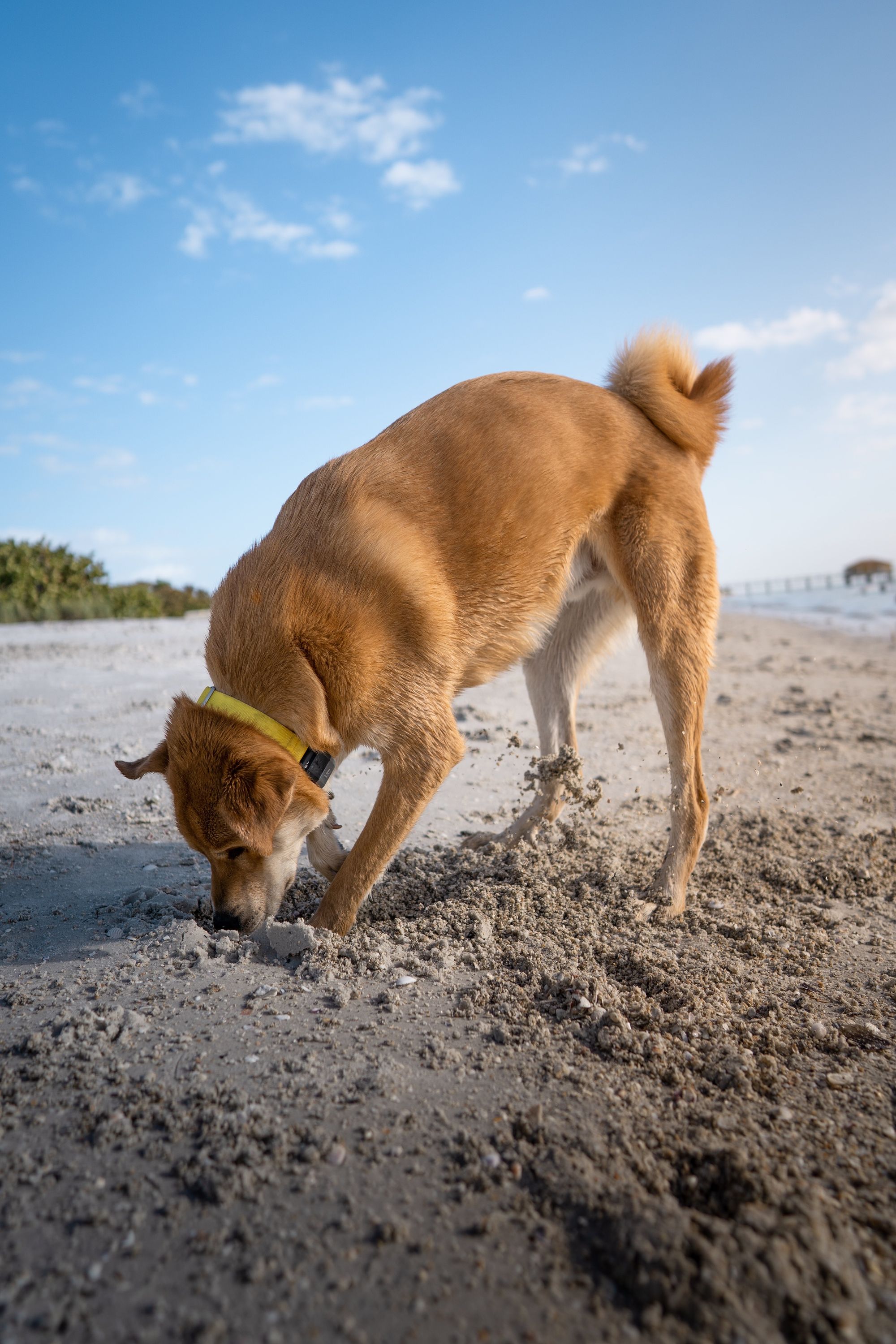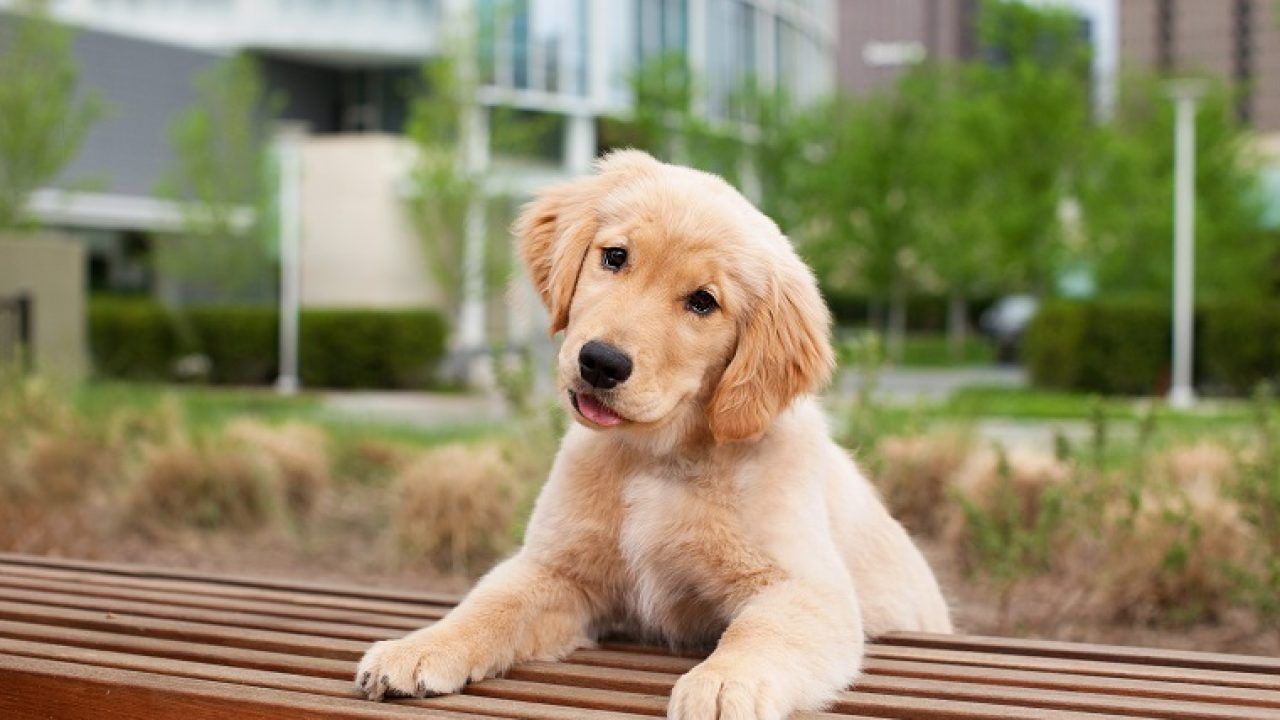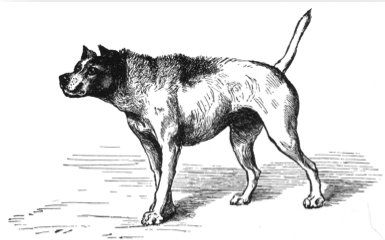
Dog hackles refer to when a dog has its hair along its neck and back up to its tails erected. This is an uncontrollable reaction in response to the fight or flight instinct. This hair goes through piloerection (with pilo meaning hair.) Depending on the circumstance, all dog breeds have this reaction. However, in some breeds, like a poodle, it is hard to see the effects.
Like cats, rats, and humans, dogs have specific muscles on their skin called arrector pili. These are attached to the hair follicles and fluff the hair by trapping the air between the individual hair shafts. Animals like the porcupine have this reaction, too, as a self-defense mechanism. And some dog breeds like the Rhodesian Ridgeback always have their hair on their back raised permanently. This is not a sign of aggression or anything. It’s just a feature of the dog breed.

Why Does a Dog Raise Its Hackles?
Raising hackles is somewhat like how we get goosebumps, where the muscles in the skin are innervated. This response is caused by the sympathetic branch of the autonomic nervous system and is usually triggered by an adrenaline rush. This rush could be due to fear, anxiety, arousal, curiosity, playfulness, or excitement. When the hackles rise, the dog may appear larger and more intimidating, but this does not always mean it comes from an aggressive standpoint.
Look for the other signs your dog is exhibiting. Is its tail wagging or tucked between the dog’s legs? Check out their ear positioning. Are the ears laid flat and back, or are they relaxed? Is the dog showing his teeth in a snarl, or does the dog seem tense and aggressive? You can read your dog’s body language to determine why it raises its hackles. It’s all in the positioning, where a wagging tail means excitement, and a tucked tail means it is afraid. Learn to read your dog’s body language. It will tell you a lot.
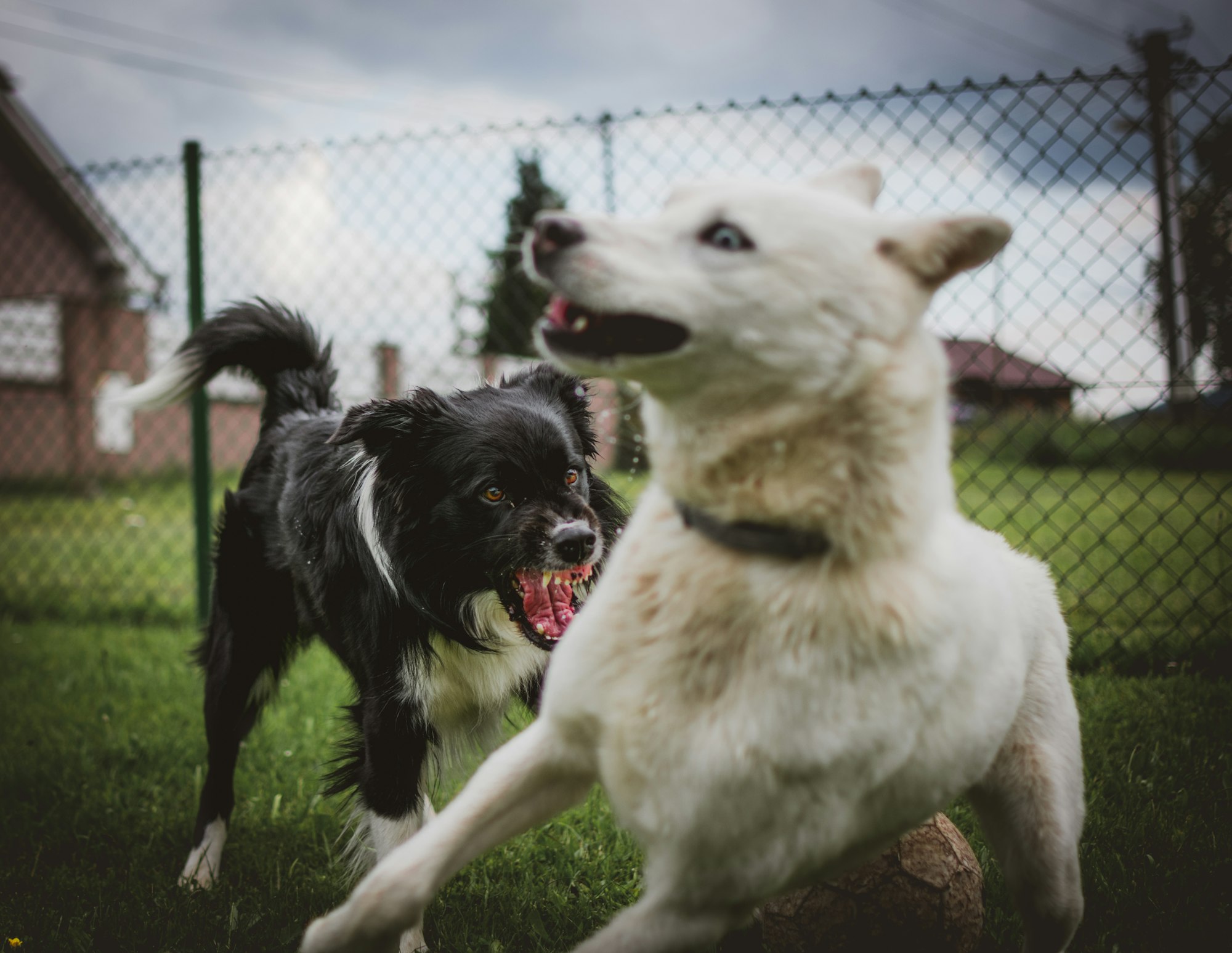
Hackles Due to Anxiety
If you think your dog is afraid or anxious, remove him from the environment that triggered the response and try to distract him. You can do this by getting down on its level and softly speaking while petting the dog. Maybe give it a treat. Once they calm down, you can try introducing them to the other dogs at the park again. But if it still reacts with hackles, it’s time to head home so they can relax.
Hackles Due to Excitement
If your dog hits the park, puffs up, and starts wagging his tail with alert forward ears, this means your dog is excited. Be careful, though, because the dog’s exuberance can intimidate other dogs. Another sign of excitement is that your dog lunges on the leash, barks, and waves the tail horizontally. Take it slow when introducing your pet to others because if you don’t do it right, you may be encouraging the behavior.
Hackles Due to Aggression
If your dog is tense and snarling while his hackles are raised, that means your dog is beyond comfortable. You must be cautious with how you respond. Remain alert, but keep your energy calm. Speak softly and look around to see what surroundings are bothering your dog. Try to get them into better surroundings.
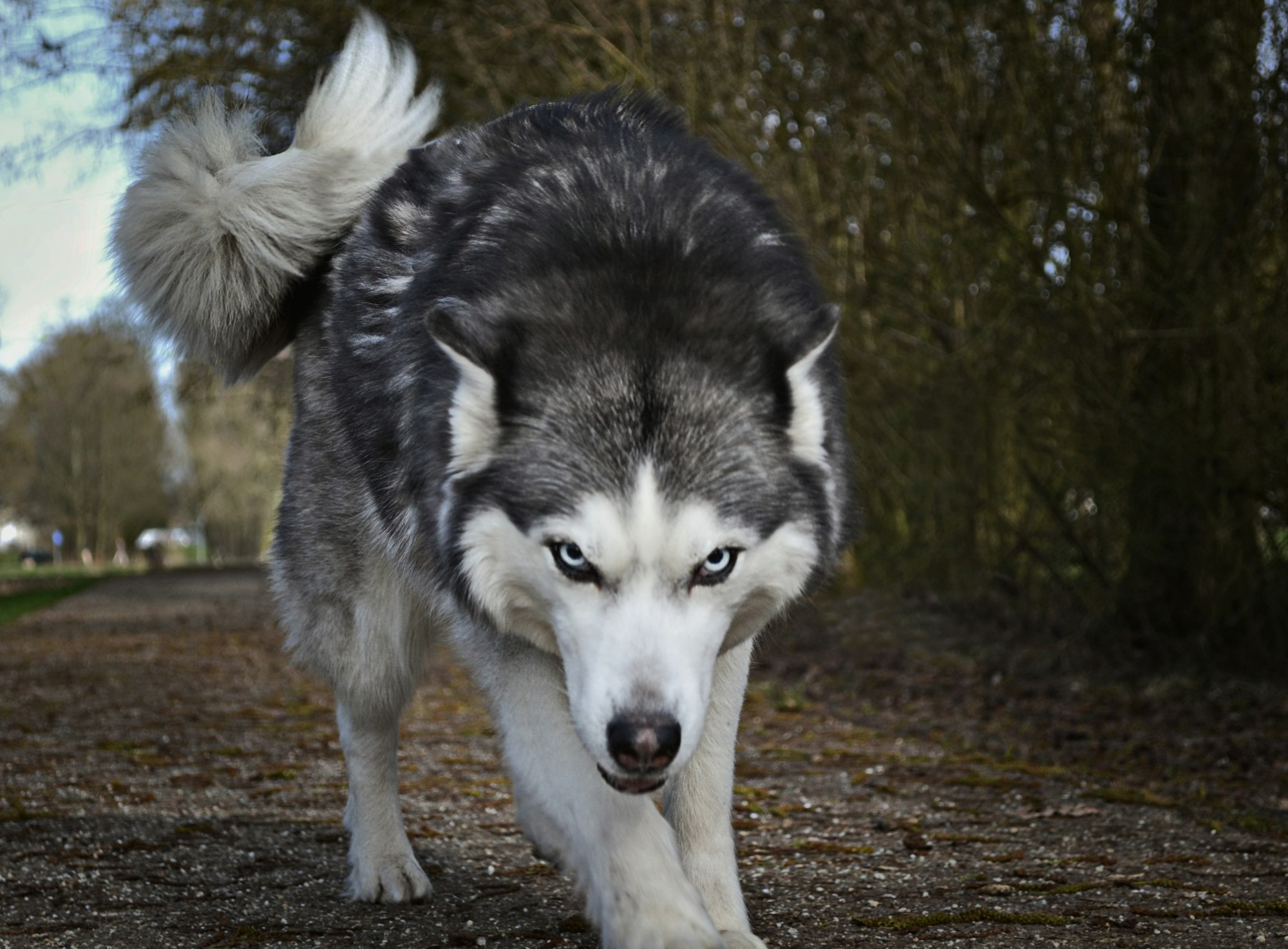
Conclusion
Sometimes, when your dog is too excited or stressed, their hair may fall out. This is normal. Get the brush and give your dog some affection. It takes a few minutes before the piloerection reaction stops. But with some love and care your dog should relax and be their normal self before you know it.
